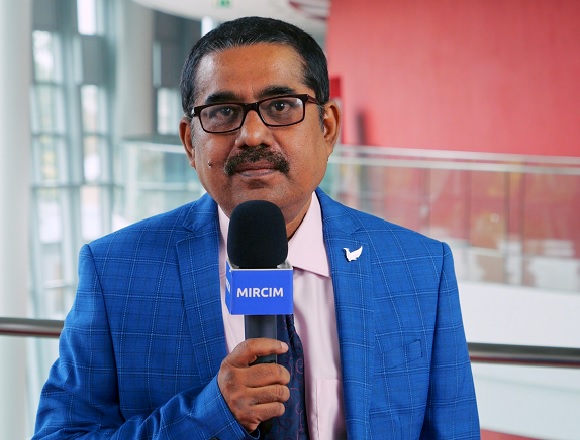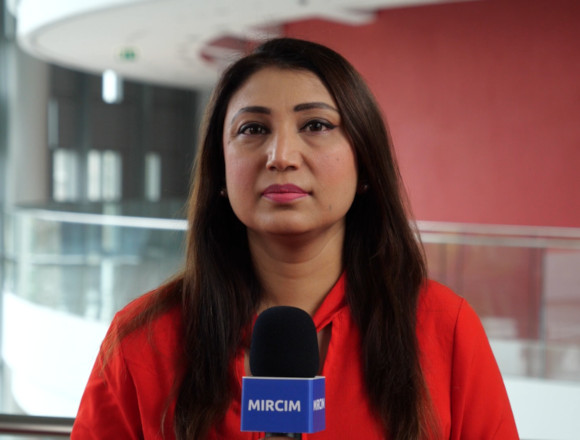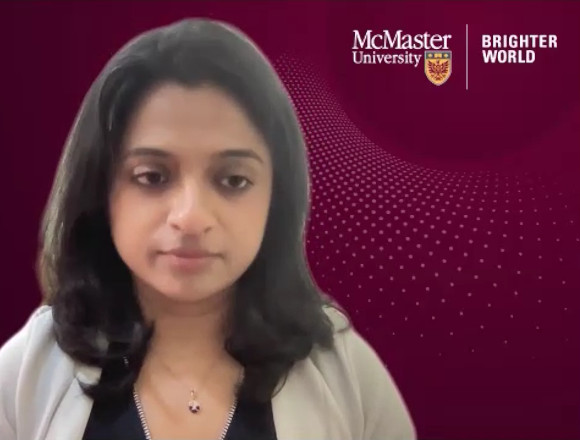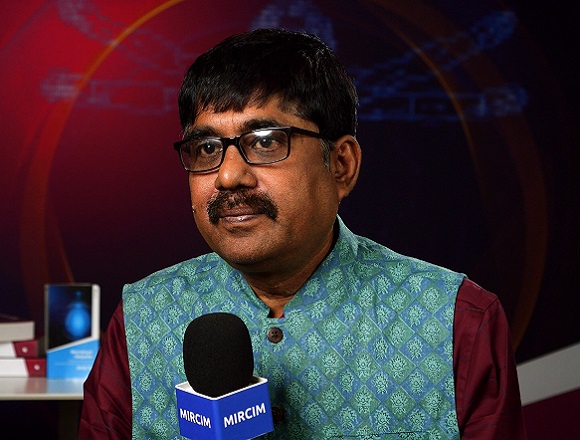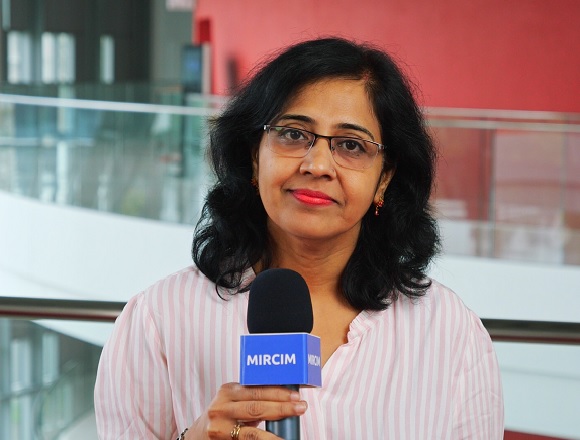Jyotirmoy Pal, MD, is a professor of medicine and editor in chief of the McMaster Textbook of Internal Medicine South Asia Edition.
Does the clinical presentation of severe acute respiratory syndrome coronavirus 2 (SARS-CoV-2) infection in South Asian populations differ from other countries?
There are many differences in the presentation and complications of the SARS-CoV-2 virus compared with the other parts of the world. The Indian population and in particular the Southeast Asian population are more prone to develop diabetes, and diabetes and COVID-19 infection is called the “deadly duo” combination. In diabetic patients, there is more prevalence of the COVID-19 infection as well as mortality and morbidity. At the same time, COVID-19 itself is inciting more new-onset diabetes. Possibly the COVID-19 virus has a tropism towards the islet cells. So in the post-COVID period, we have seen an increased incidence of diabetes in the Asian population.
Another very interesting aspect is mucormycosis. Mucormycosis in the Asian countries was observed in sporadic cases, but during the COVID-19 period there is a lot of use of steroids, particularly in moderate to severe cases, and SARS-CoV-2 infection itself causes the diminution of the immune system of our body. During the second wave of COVID-19 infections in India in our province we recorded more than 300 cases of mucormycosis. And this is observed not only in India but also in other neighboring countries: Bangladesh, Sri Lanka, Bhutan, this part of the world. This is another interesting area in the post-COVID period which the physician should look after.
 English
English
 Español
Español
 українська
українська

